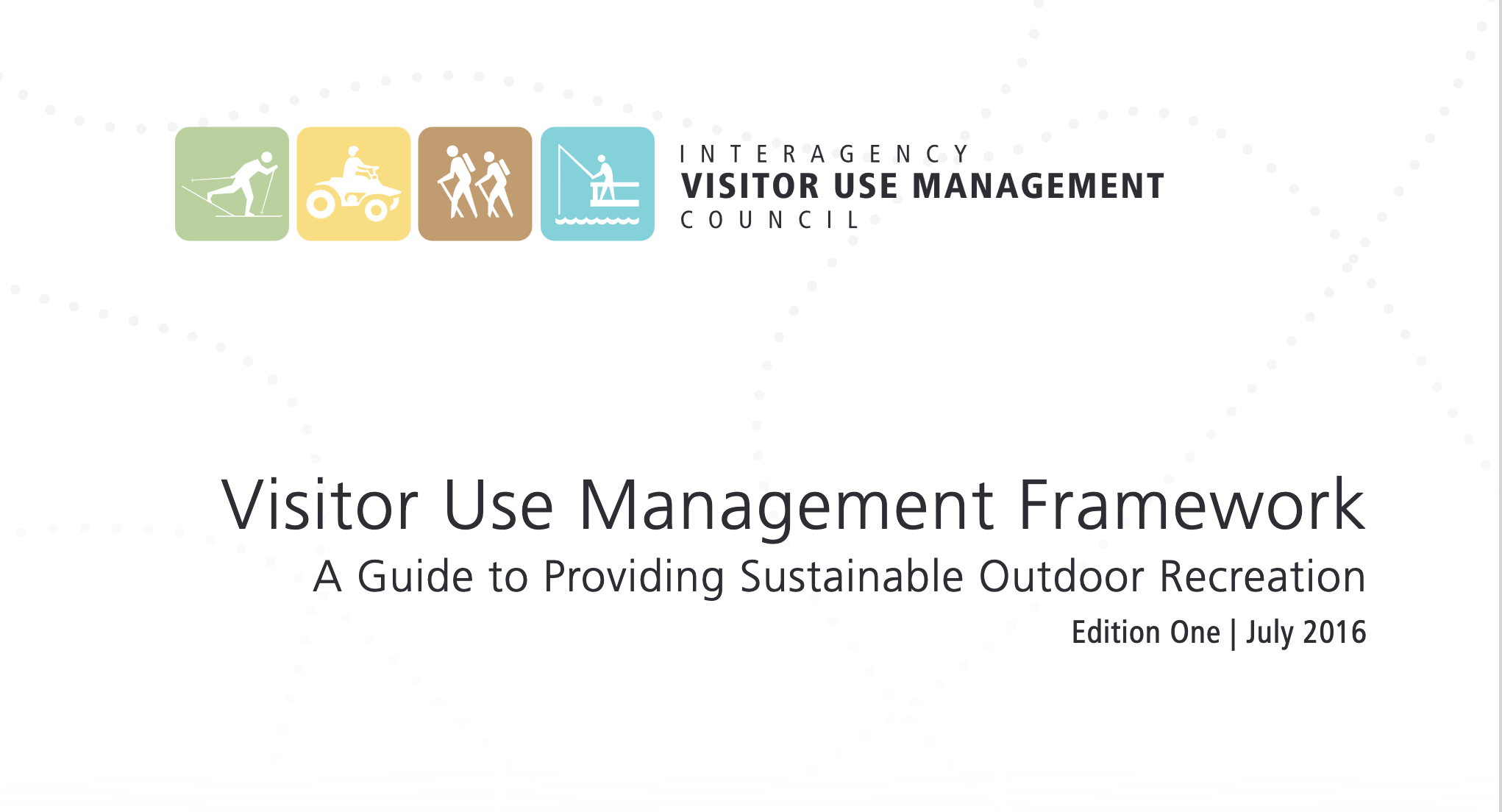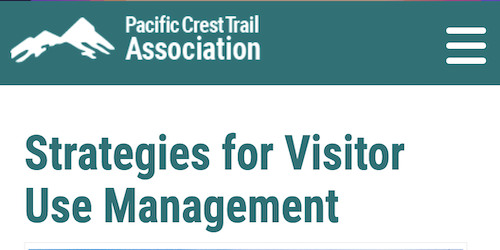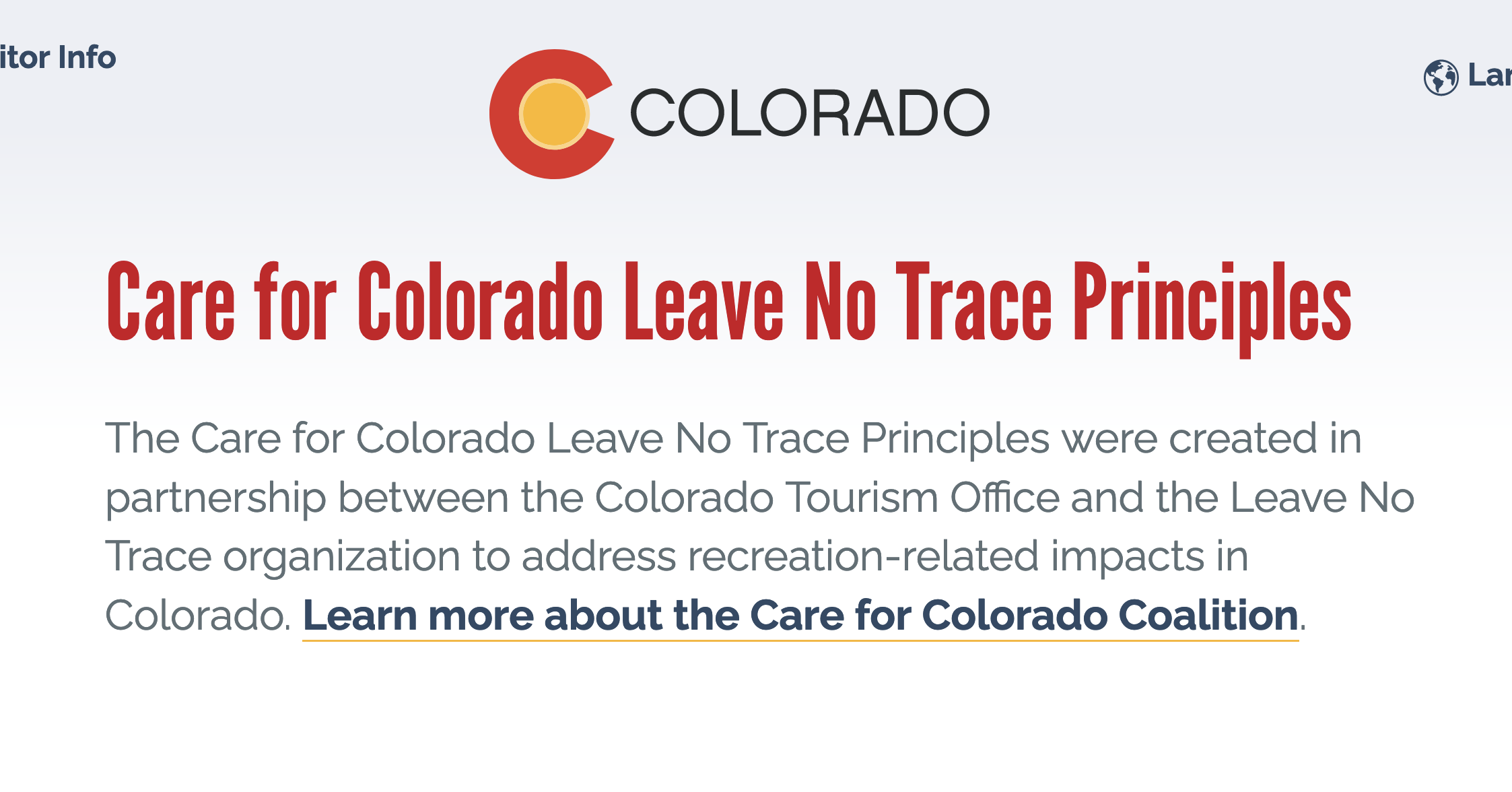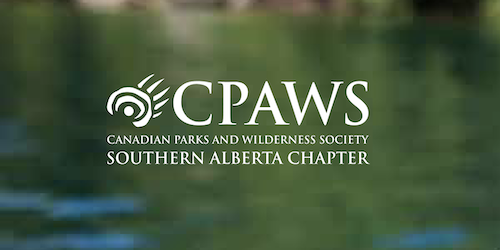GNAR communities are unique because of their relationship with natural spaces. However, many western gateway communities feel that increased visitation and tourism can threaten the quality of their local natural resources, visitor experience, and resident quality of life. Visitor Use Management (VUM) is the “proactive and adaptive process for managing characteristics of visitor use and the natural and managerial setting using a variety of strategies and tools to achieve and maintain desired resource conditions and visitor experiences.” GNAR communities, and the protected lands they may border, are frequently turning to VUM to promote healthy visitation to and behavior in these areas. The following tools outline frameworks and guiding documents for monitoring and evaluating visitor use impacts and creating VUM plans.
Think we're missing something or have feedback for us? Please reach out to liz.sodja@usu.edu.
Resources & Tools

The Interagency Visitor Use Management Council (IVUMC) is composed of major federal land management agencies in the United States including BLM, FS, NOAA, NPS, U.S. Army Corps of Engineers, and the U.S. FWS. The council aims “to provide guidance on visitor use management policies and to develop legally defensible and effective interagency implementation tools for visitor use management”.
The framework is applicable across situations and scales, appropriate for site-specific decisions to large-scale, comprehensive management plans. The IVUMC has a Decision Support Tool, guidebooks on setting Monitoring and establishing Visitor Capacities, and even hosts a podcast for additional assistance with implementing visitor use management.

The Pacific Crest Trail Association (PCTA) maintains a clear vision that guides their desired visitor experiences along the trail, which is over 2,500 miles and stretches through California, Oregon, and Washington. The PCTA uses a multi-pronged approach to Visitor Use Management that includes:
- Influencing trail user behavior by encouraging Leave No Trace (LNT) practices.
- Making the trail more resilient.
- And when necessary (and as a last resort) limit the total number of users through permit systems


The Colorado Tourism Office and Leave No Trace Center for Outdoor Ethics collaborated to create a toolkit for agencies to use to spread positive messaging about how to protect Colorado’s special places. They established seven principles and offer a variety of media, including an animated video.
The Colorado Tourism Office also has the "Are you Colo-Ready?" Visitor Education Program, with multiple brochures and example materials the communities can download and use.

Research & Case Studies
Institute of Outdoor Recreation and Tourism- Visitor Use Monitoring and Management
The Institute of Outdoor Recreation and Tourism studies visitation across Utah and protected natural areas.
Jackson Hole Destination Management Plan
The Jackson Hole Sustainable Destination Management Plan aims to establish a vision and goal for the future of tourism in Jackson Hole through collaborative stakeholder engagement. The Plan prioritizes encouragement of complete visitor experiences and responsible visitor management that helps mitigate or prevent visitor impacts on the natural resources, community character, services and infrastructure, and resident quality of life. It clearly seeks to address “over-tourism” throughout Jackson, Wyoming. The following document outlines how a Destination Management Plan would be funded, developed, and managed.
Distribution of Visitor Use Management Research in US Wilderness from 2000 to 2020: a Scoping Review
Distribution of Visitor Use Management Research in US Wilderness from 2000 to 2020: A Scoping Review empirically explores the distribution of VUM research across federal agencies and geographies throughout the National Wilderness Preservation System (NWPS). They find that there are concentrations of VUM studies in high-profile wilderness areas and that the Bureau of Land Management and the US Fish and Wildlife Service are understudied.
Bear Canyon Open Space Visitor Use Plan
The City of Albuquerque, New Mexico created a VUM plan for the Bear Canyon Open Space, which is managed by the City of Albuquerque’s Open Space Division. The purpose of the plan is to find a management approach that “balances the needs of wildlife, the natural environment, and all users and neighbors of the space, is inherent to a successful management strategy”. The plan includes elements such as signage, sustainable trails, vegetation management, and access points for a variety of transportation options.
National Park Service Reservation Systems
To effectively manage transportation to and within Acadia National Park while protecting the visitor experience and quality of natural resources withing the Park, a Transportation Management Plan was created along with a complementing Vehicle Reservation System.
Additionally, although trial programs, Arches and Rocky Mountain National Parks have implemented timed entry reservation systems during peak seasons to combat overcrowding

